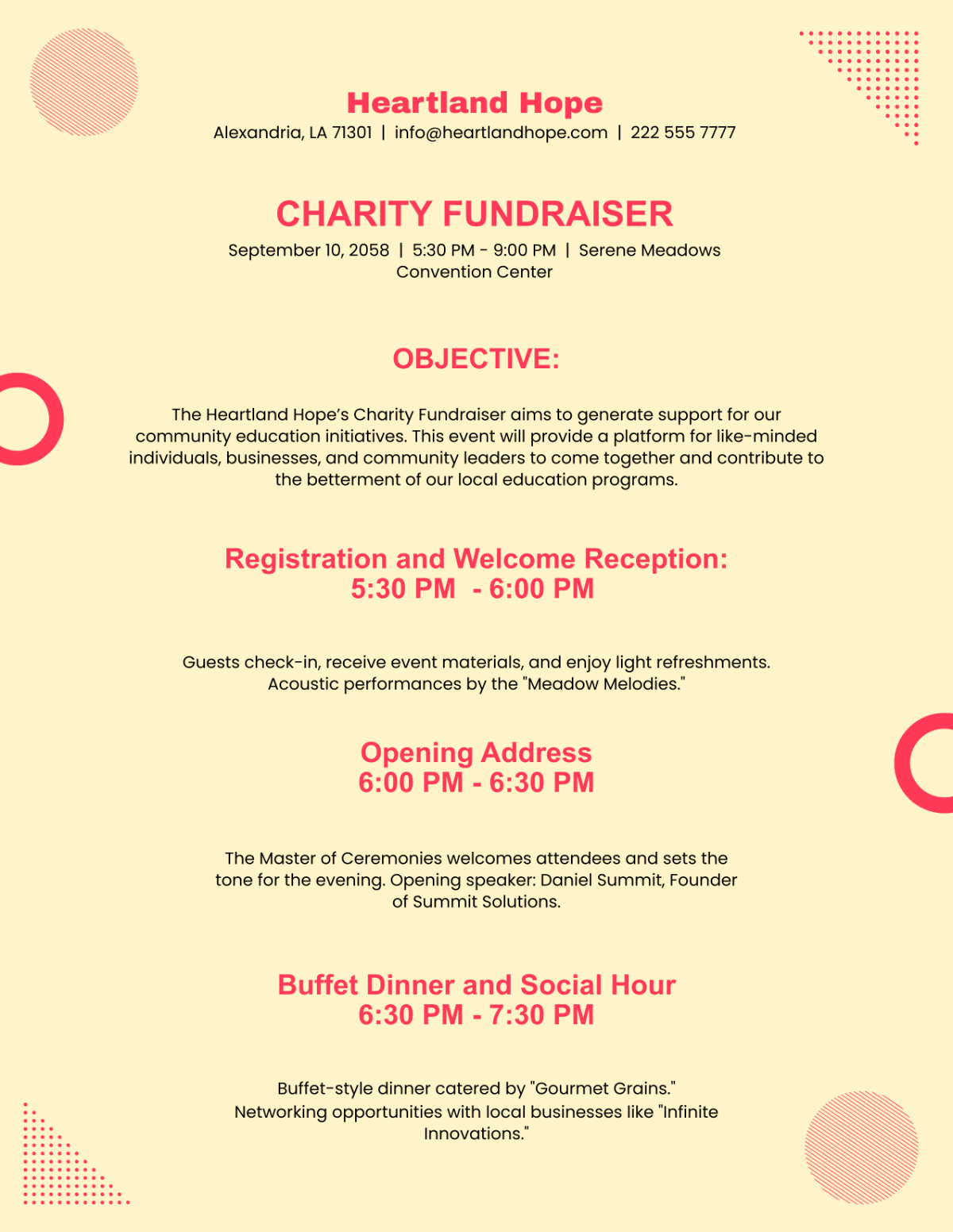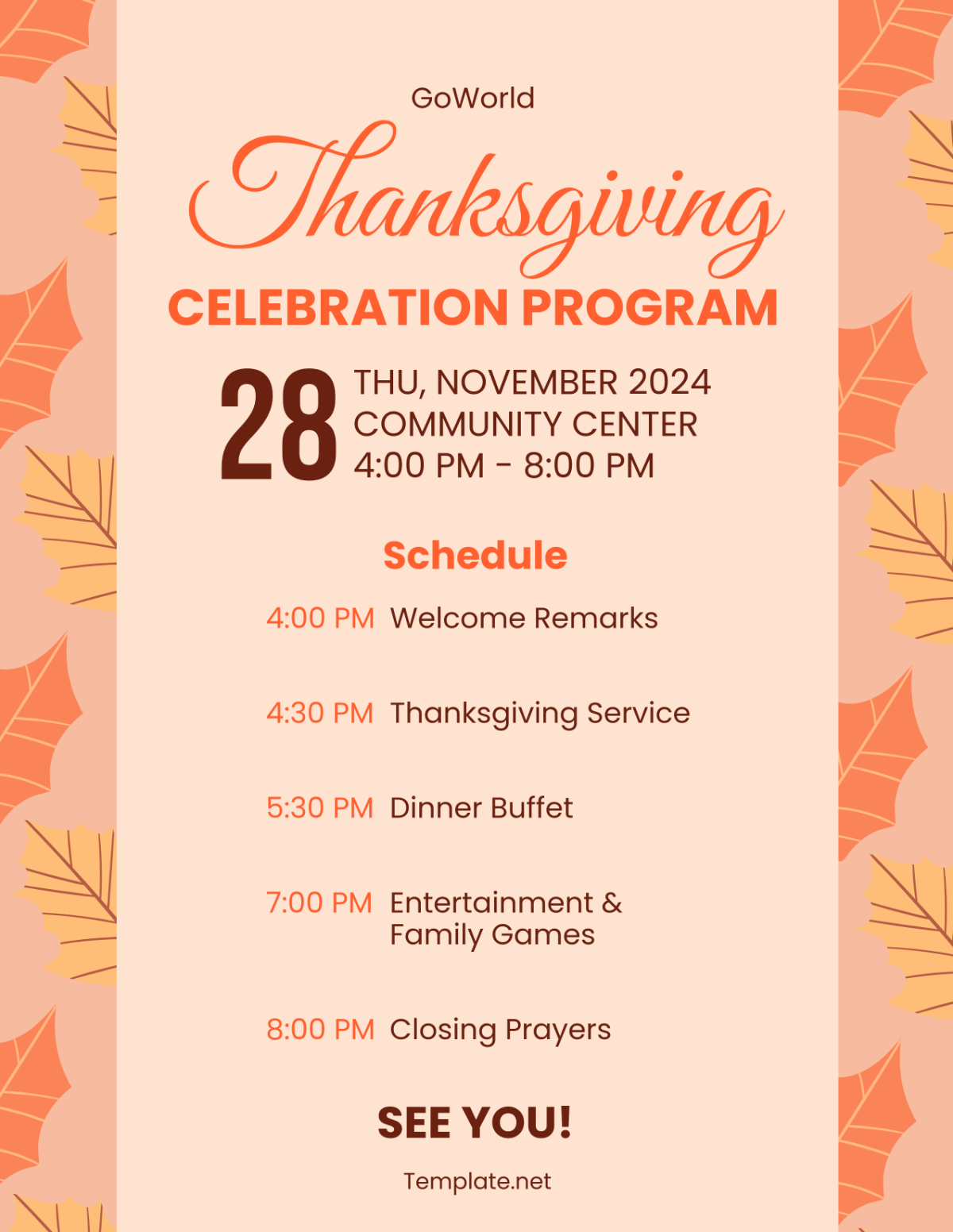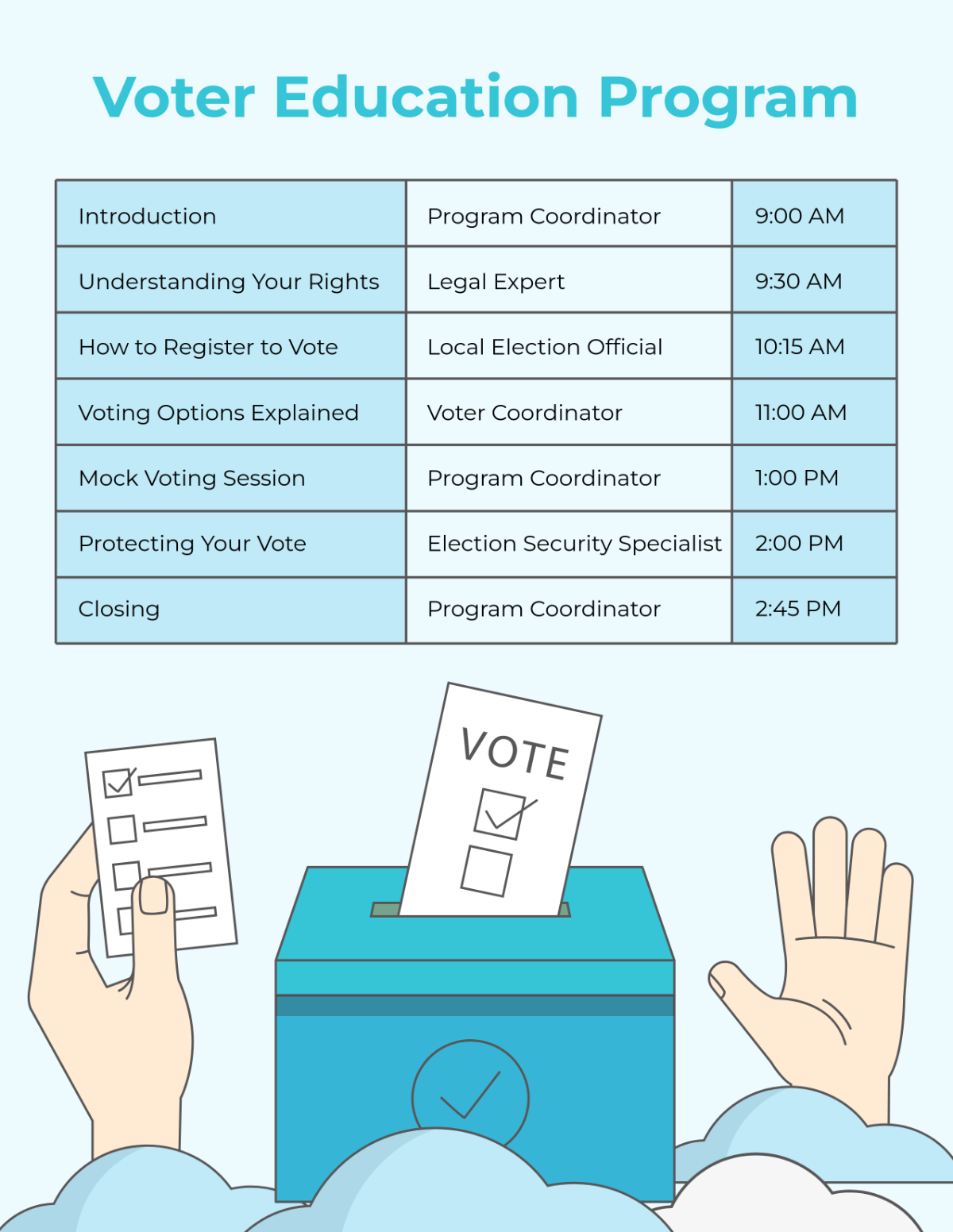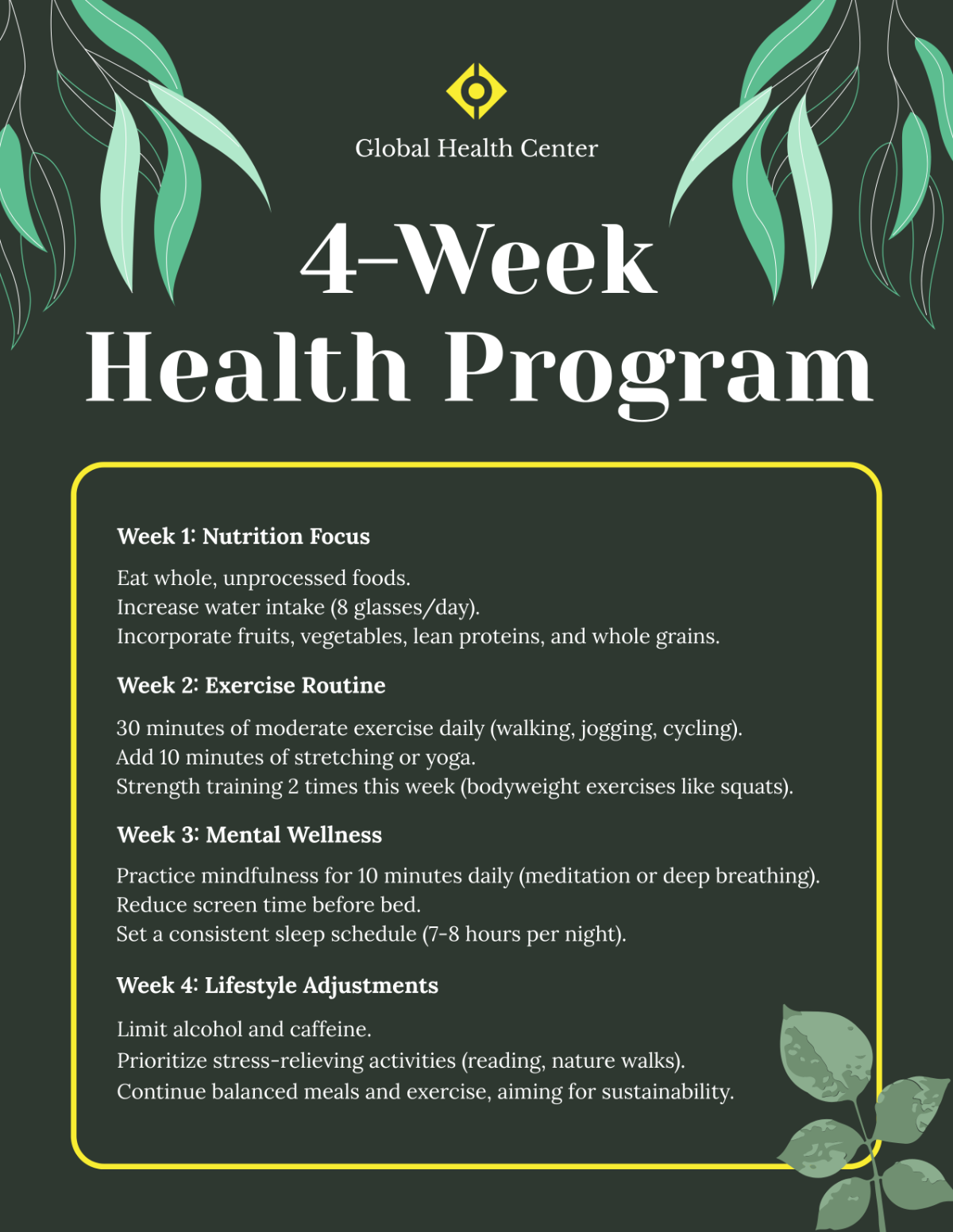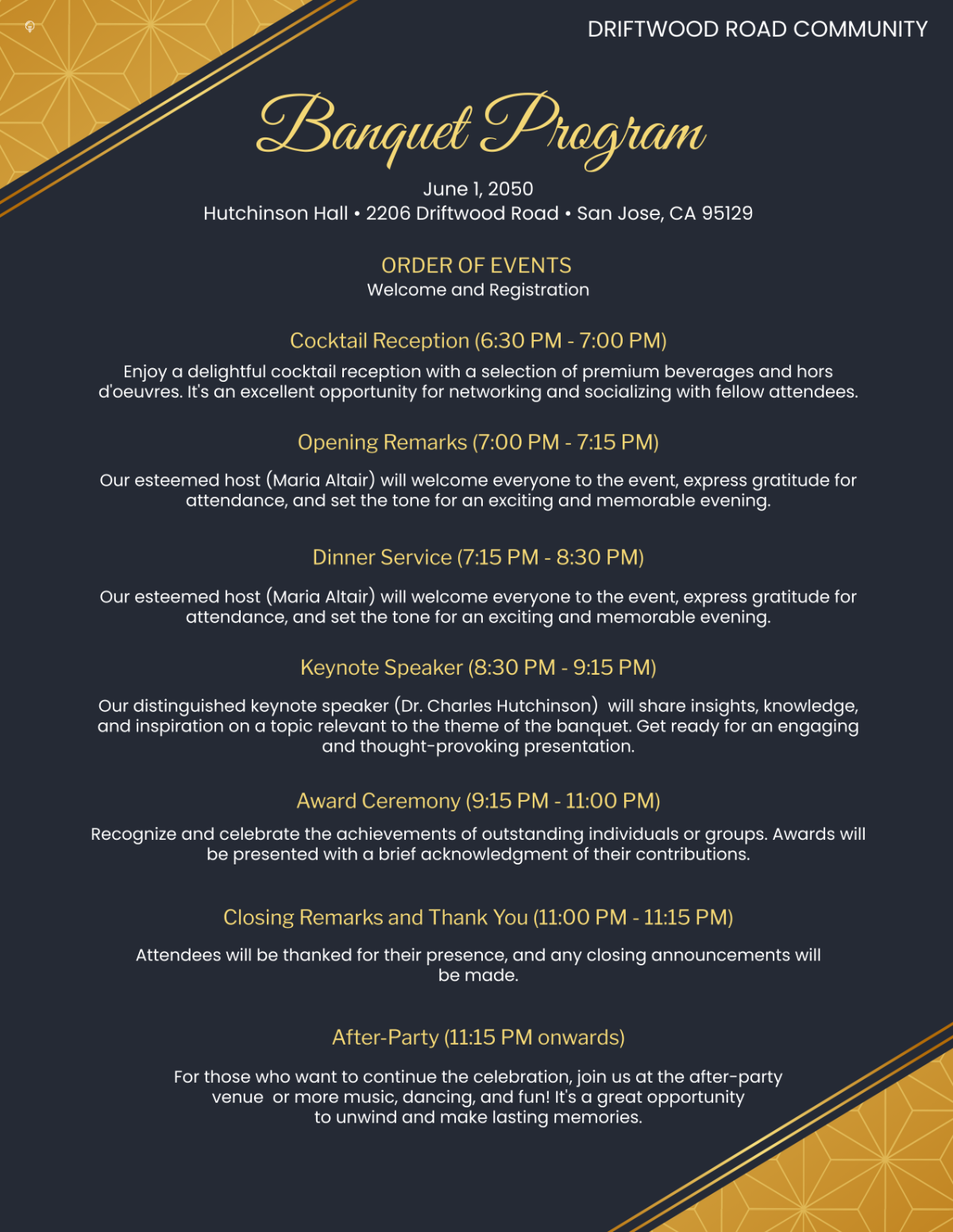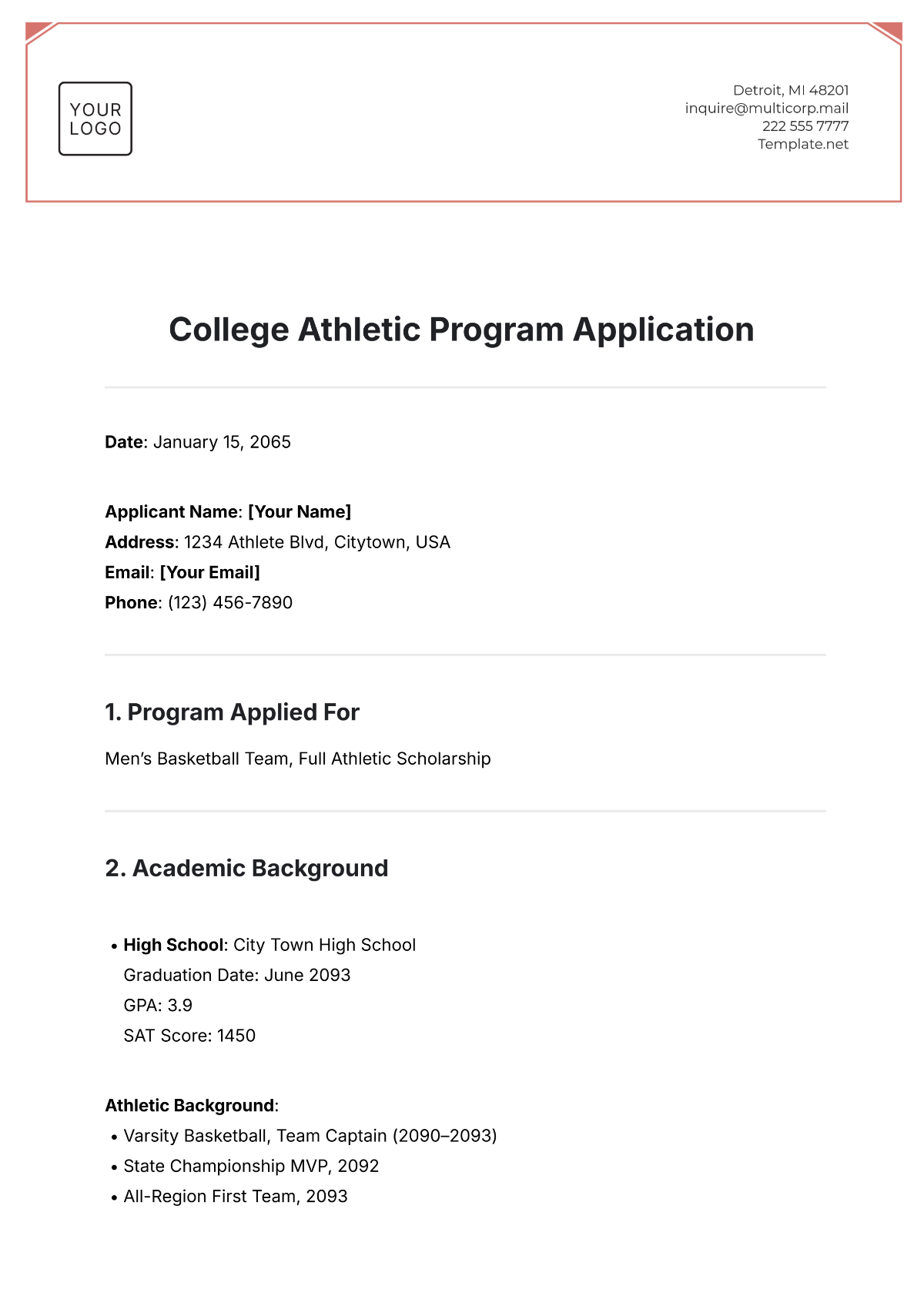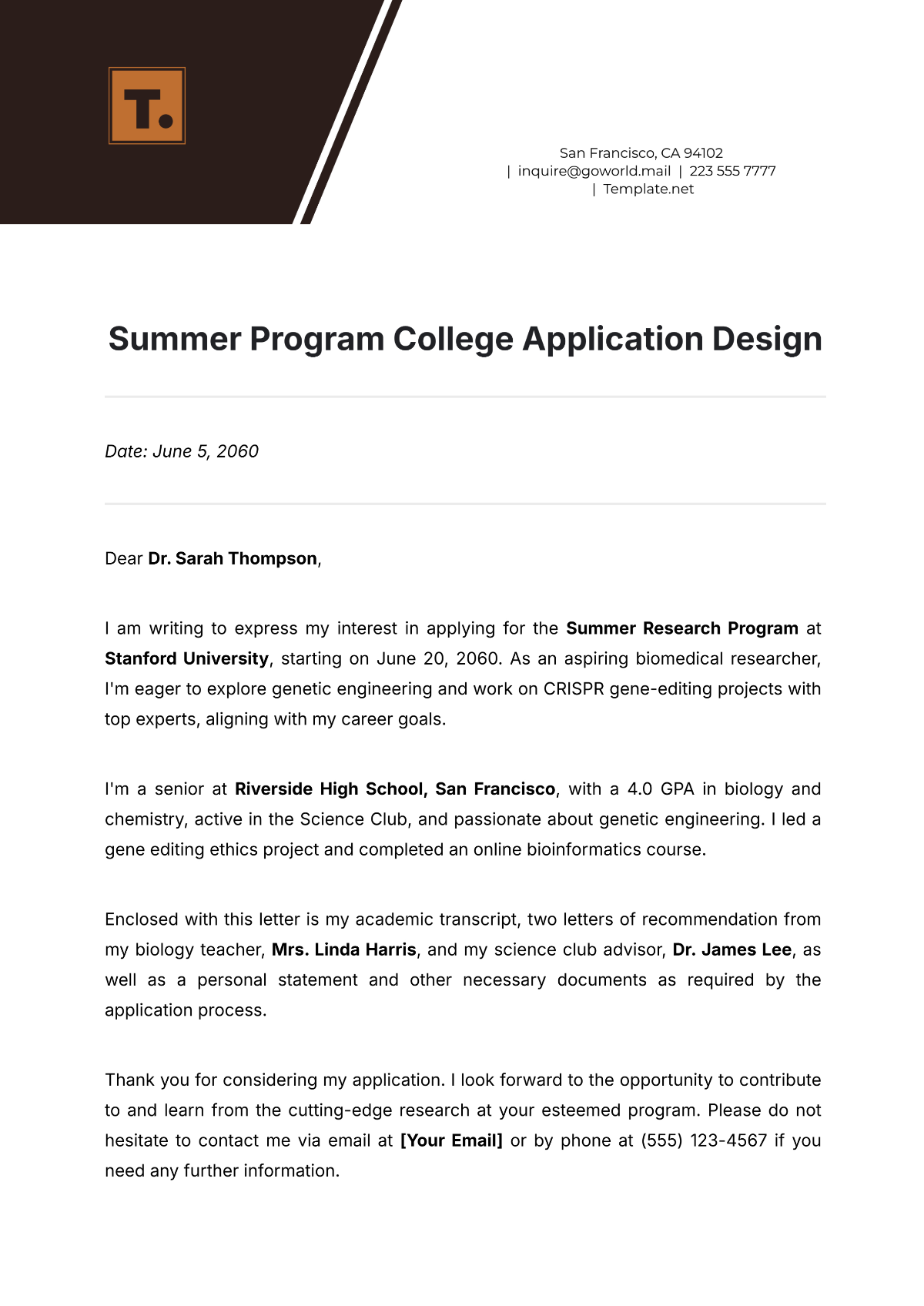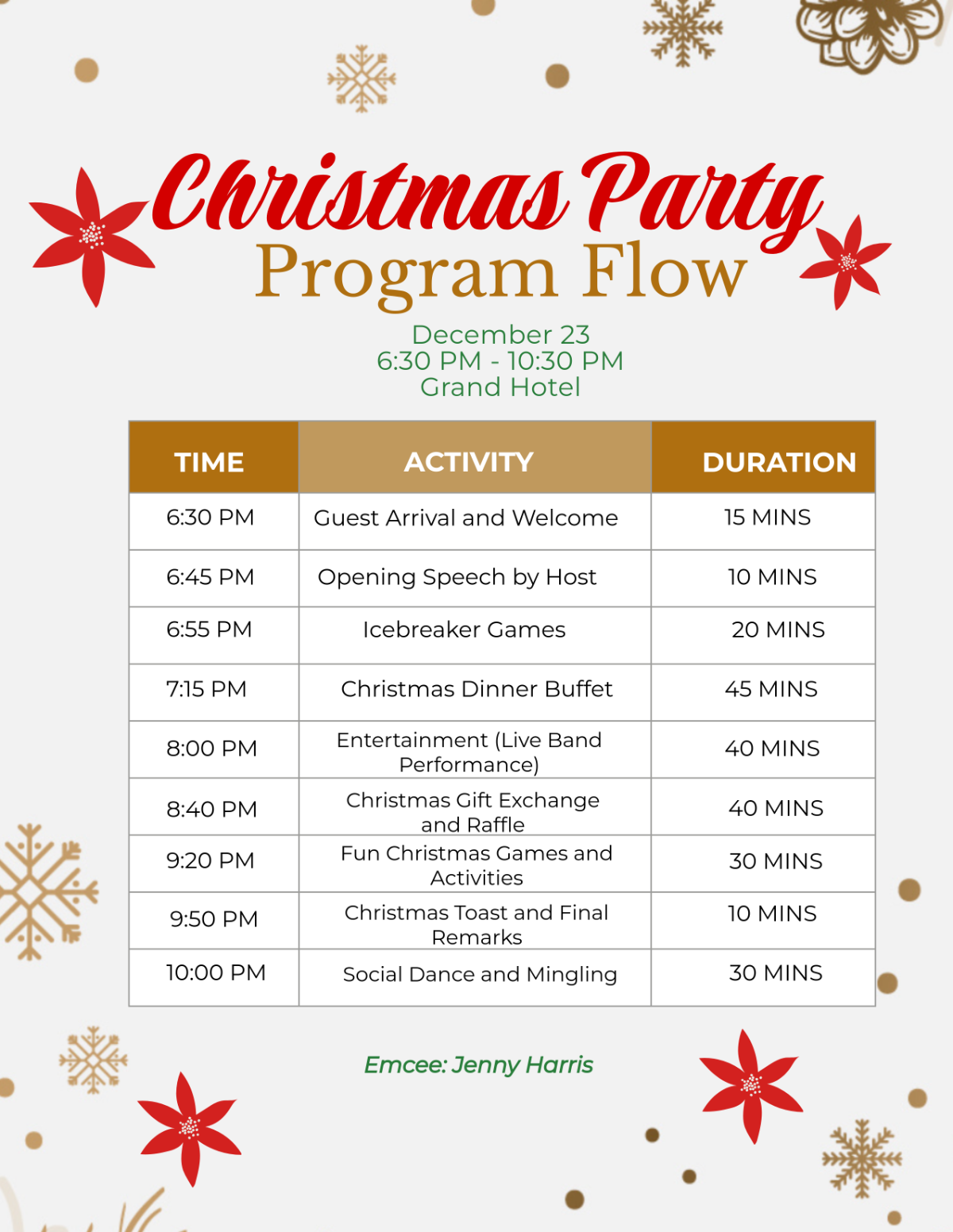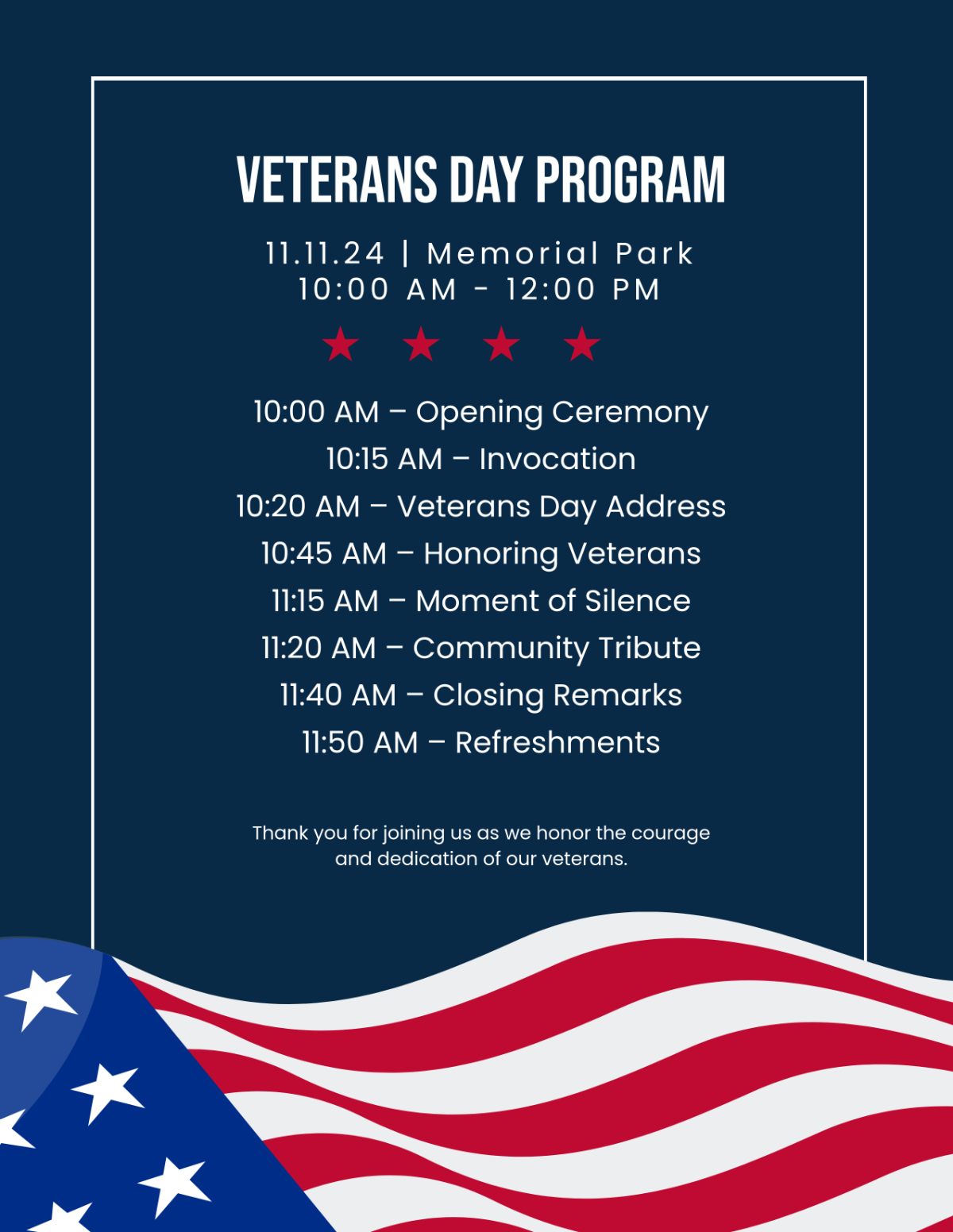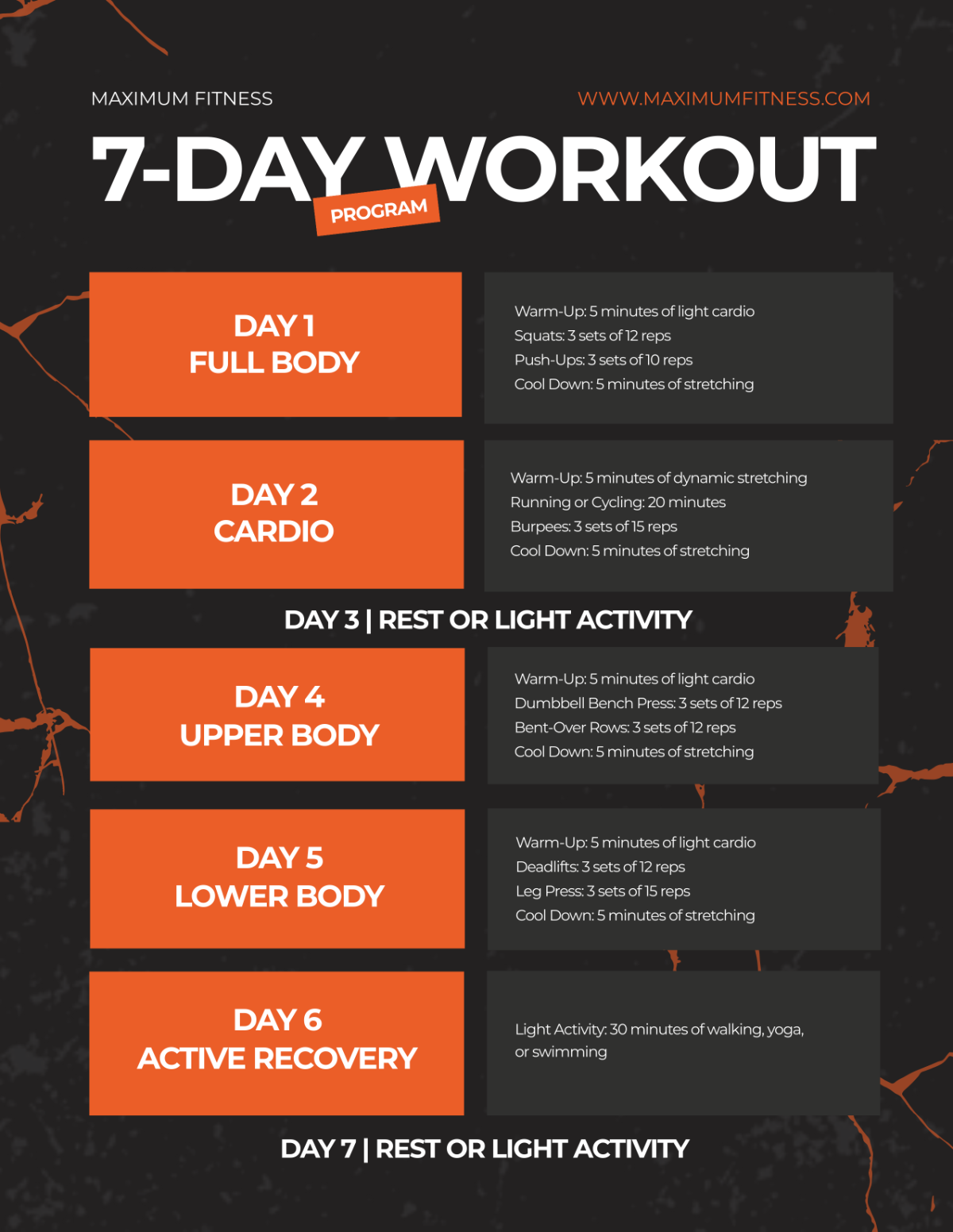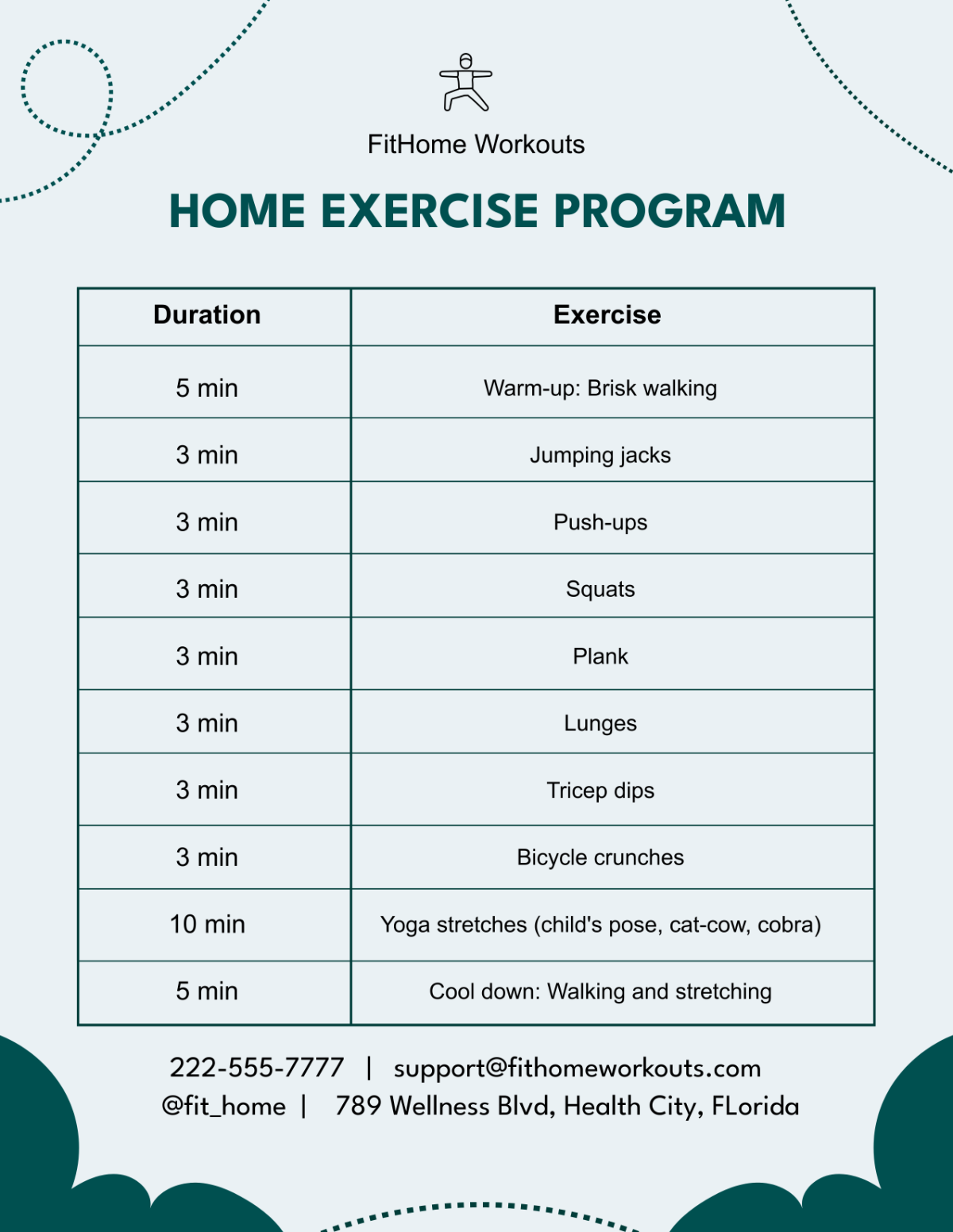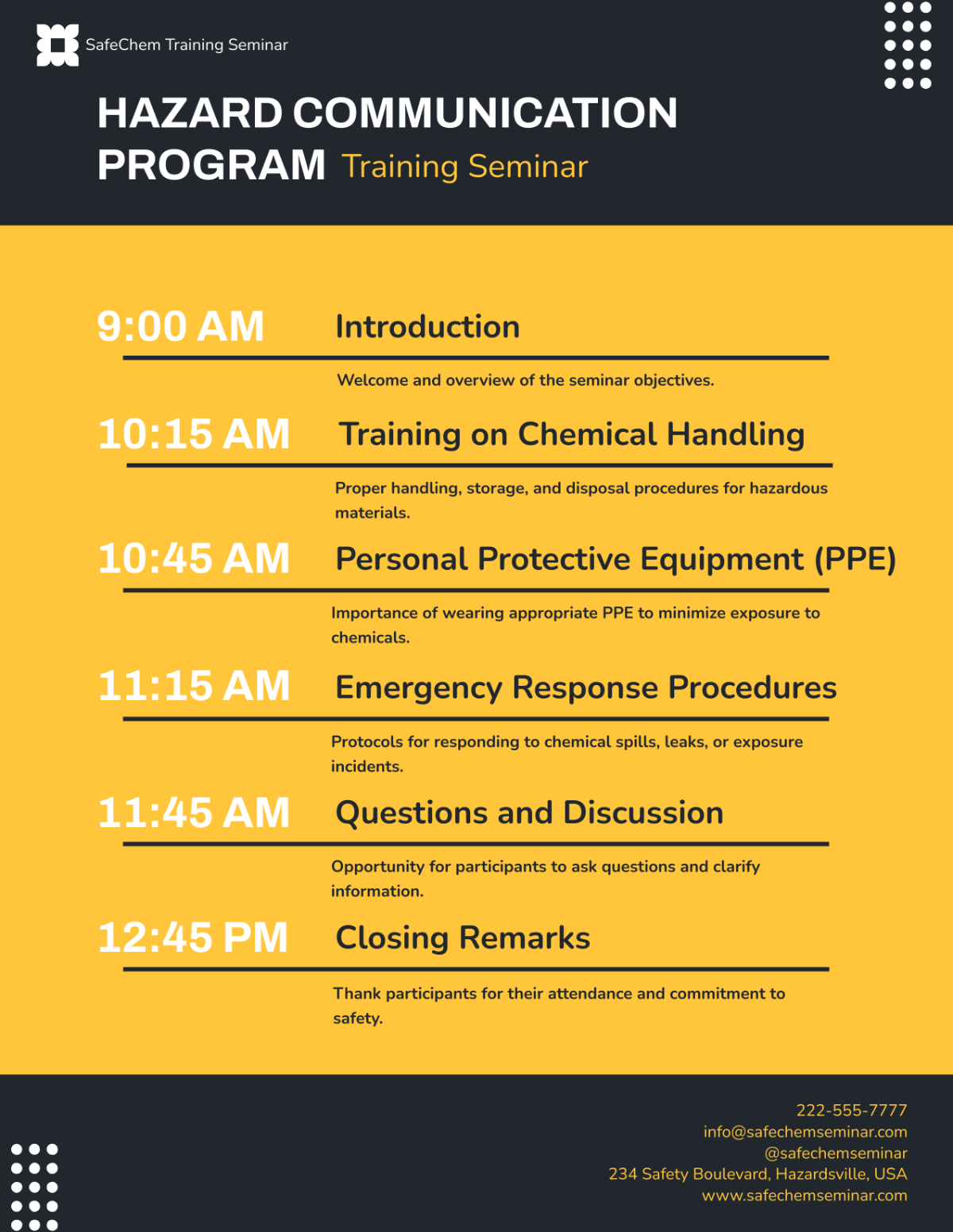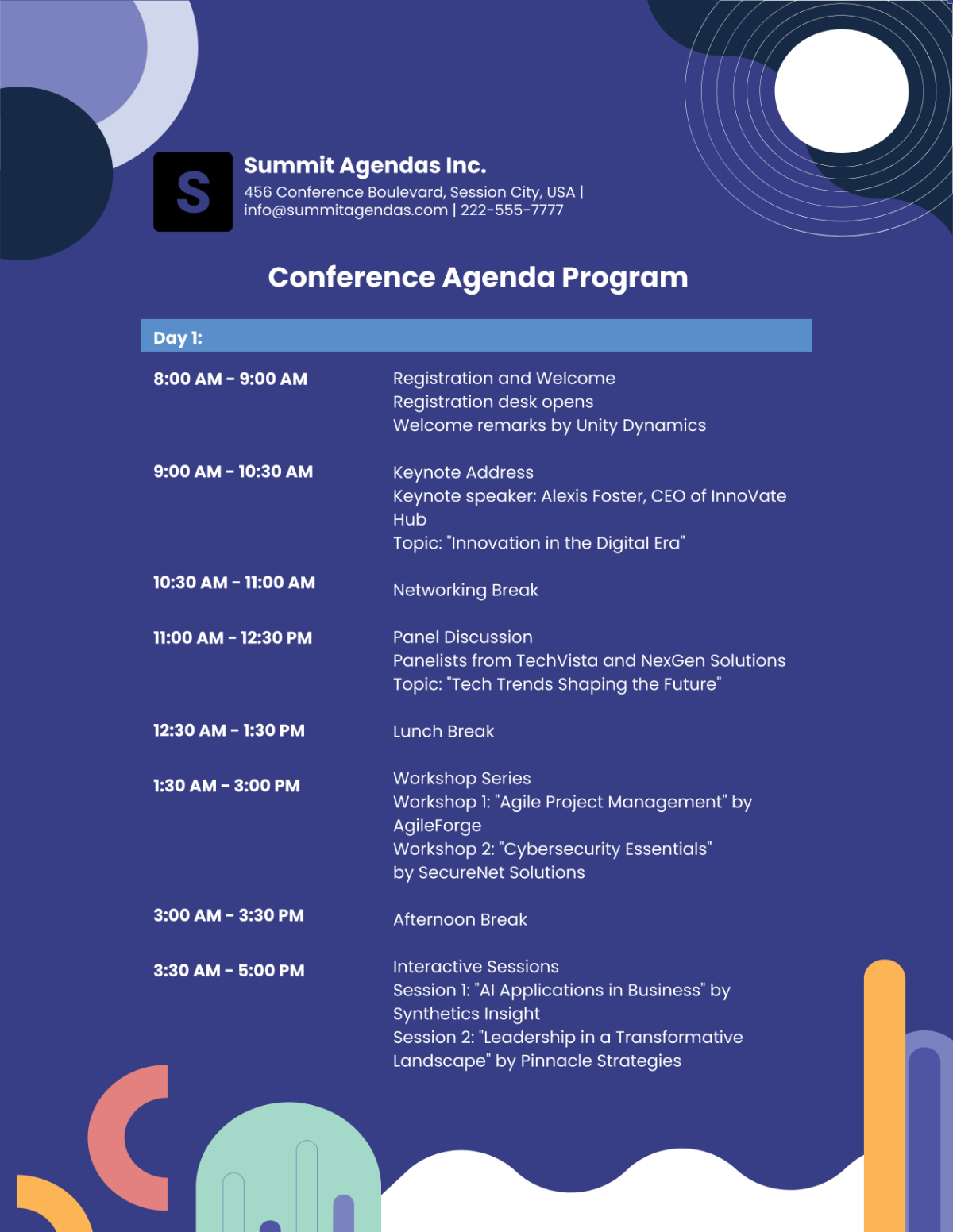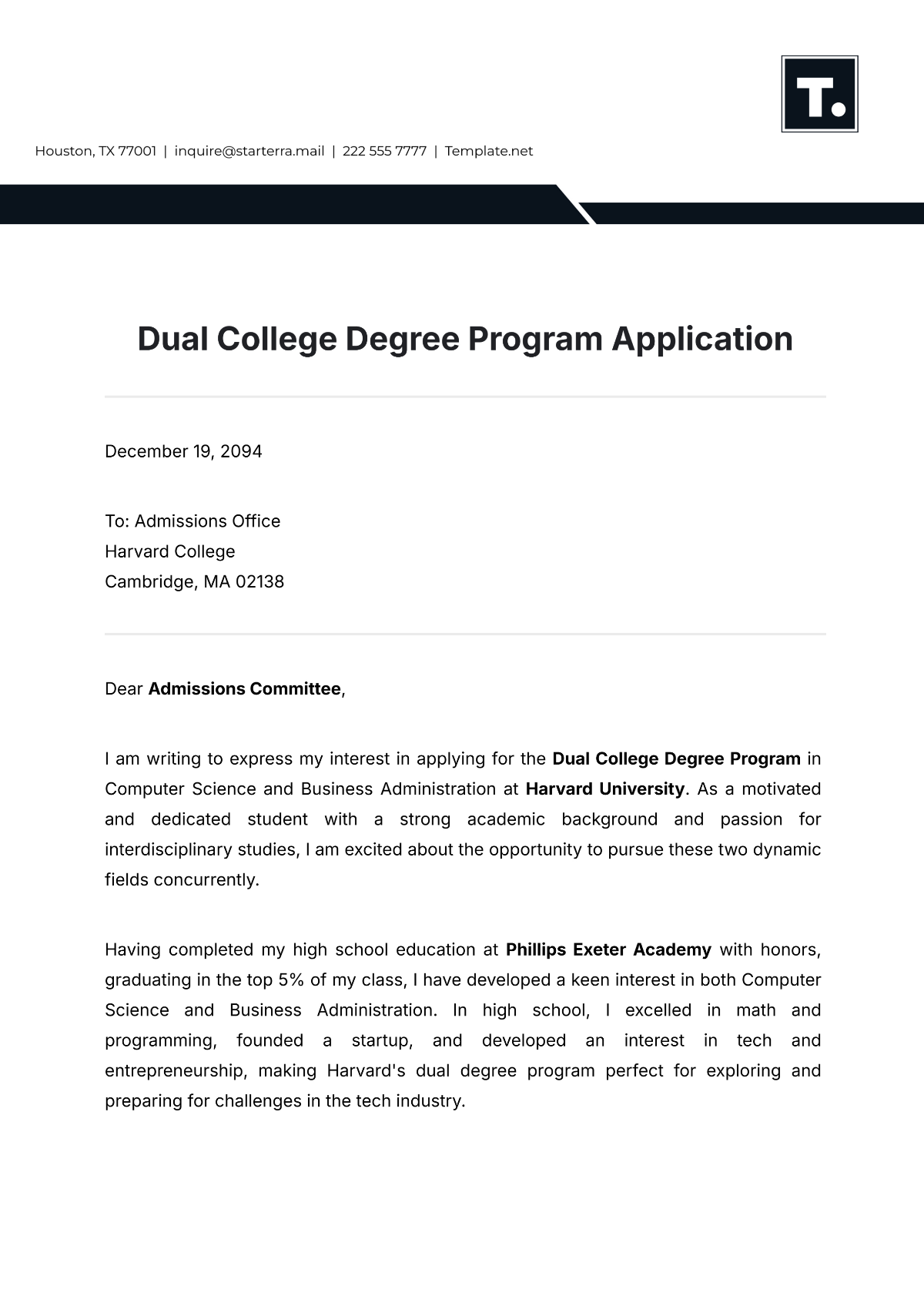Comprehensive Employee Wellness Program Analysis
Introduction |
Background
Our Employee Wellness Program is a comprehensive initiative designed to enhance the overall health and well-being of our staff. Established with the recognition that employees are our most valuable asset, the program encompasses a range of activities and resources aimed at promoting physical health, mental wellness, and a balanced lifestyle. Initiatives under this program include health screenings, fitness and nutrition guidance, mental health support, and various wellness workshops.
Scope
This analysis aims to evaluate the effectiveness of our Employee Wellness Program in meeting its stated objectives. The scope includes an assessment of program participation, effectiveness, employee satisfaction, and return on investment. It also seeks to identify areas of strength and opportunities for improvement, ensuring the program remains responsive to the evolving needs of our workforce.
Program Objectives
The primary objectives of our Wellness Program are:
Improving Health Outcomes: To reduce health risks and promote healthy lifestyle choices among our employees.
Enhancing Productivity: To boost productivity and efficiency by improving overall employee health and reducing absenteeism.
Fostering Engagement and Morale: To enhance employee engagement, morale, and job satisfaction through supportive wellness initiatives.
Cultivating a Supportive Workplace Culture: To create a workplace environment that values and supports the health and well-being of every individual.
Methodology |
To conduct a thorough and objective analysis of our Employee Wellness Program, the following methodology was adopted:
Data Collection
Surveys and Questionnaires: Distributed to employees to gather feedback on program participation, satisfaction, and perceived benefits.
Health and Wellness Metrics: Analysis of aggregate health data (while maintaining employee confidentiality) to assess changes in health outcomes.
Program Participation Records: Review of participation rates in various wellness activities.
Data Analysis
Quantitative Analysis: Statistical examination of health outcomes, participation rates, and other measurable metrics.
Qualitative Analysis: Evaluation of open-ended survey responses and feedback to gauge employee perceptions and experiences.
Benchmarking
Comparison with industry standards and best practices in employee wellness programs to understand our program's standing relative to similar organizations.
Stakeholder Interviews
Conducting interviews with key stakeholders, including program administrators, healthcare providers, and a cross-section of employees, for a more nuanced understanding of the program's impact.
Focus Groups
Organizing focus group discussions to dive deeper into employee experiences, gather detailed feedback, and brainstorm ideas for program improvement.
The combination of these methods provides a comprehensive overview of the program's performance and its impact on employee health and well-being. The findings from this analysis will guide our recommendations and strategic planning for the future direction of the Wellness Program.
Current Program Overview |
Our Employee Wellness Program is a multi-faceted initiative designed to cater to the diverse health and well-being needs of our workforce. The program components are structured to provide comprehensive support across various aspects of wellness. Below is an overview of the current initiatives within the program:
Health Screenings and Assessments: Regular health screenings are conducted to monitor and manage health risks. These include annual physical examinations, blood pressure checks, cholesterol level assessments, and diabetes screenings.
Mental Health Support: Recognizing the importance of mental well-being, our program offers access to counseling services, stress management workshops, and resources for dealing with anxiety and depression. We also provide a confidential employee assistance program (EAP) for personal and professional issues.
Fitness Programs: To promote physical activity, we offer on-site fitness classes, gym membership discounts, and challenges like step-count competitions. These programs are designed to cater to varying fitness levels and preferences.
Nutrition and Weight Management: Nutrition workshops, healthy eating challenges, and individual dietary consultations are available to guide employees in making healthier food choices. We also have initiatives targeting weight management and healthy lifestyle changes.
Health and Wellness Education: Regular seminars and webinars are conducted, covering topics such as heart health, sleep hygiene, smoking cessation, and preventive healthcare. These sessions are aimed at educating employees about various health topics and preventive strategies.
Work-Life Balance Programs: To ensure a healthy work-life balance, our program includes flexible working arrangements, time management workshops, and activities that encourage social interaction and relaxation, such as team-building exercises and hobby clubs.
Workplace Ergonomics: With an understanding of the impact of the physical work environment on health, our program offers ergonomic assessments, workstation modifications, and ergonomics training to reduce the risk of work-related musculoskeletal disorders.
Health Incentives and Challenges: To encourage active participation, our program includes incentives such as health-related rewards, recognition of wellness milestones, and company-wide challenges focused on various aspects of health and wellness.
Assessment |
The effectiveness of our Employee Wellness Program is evaluated based on its impact on employee health and well-being, how well it meets its objectives, and the feedback received from participants. This section presents an analysis integrating both quantitative and qualitative data.
Impact on Employee Health and Well-being
To assess the impact on health, we examined key health metrics before and after program implementation. The following chart presents a summary of these findings:
Employee Feedback and Satisfaction Levels
Feedback was gathered through surveys and focus groups. The satisfaction levels with various aspects of the program are summarized below:
Financial Analysis |
The financial analysis of our Employee Wellness Program involves evaluating both the direct costs of running the program and the benefits derived in terms of reduced healthcare costs, decreased absenteeism, and improved productivity.
Cost-Benefit Analysis
Total Net Benefit | -65,000 |
ROI | - 32.5% |
Value on Investment
VOI considers qualitative benefits such as employee satisfaction, retention, and workplace morale. While harder to quantify, these aspects contribute significantly to the overall value of the program.
Comparative Analysis |
A comparative analysis benchmarks our Wellness Program against industry standards and similar organizations to gauge its effectiveness and competitiveness.
Our participation rate is higher than the industry average, indicating strong engagement in our wellness initiatives.
Our program has been more effective than the average in reducing stress.
We are slightly below the industry average, suggesting a need for a more targeted approach.
Our rate is slightly below the industry average, indicating potential for improvement in our fitness programs
While our program performs well in certain areas such as participation and stress reduction, there are aspects like smoking cessation and exercise engagement where it falls short compared to industry standards. These insights will guide future improvements and adjustments to the program.
Strengths, Opportunities, & Challenges |
Strengths
High Employee Participation: The program enjoys a high participation rate, indicating effective engagement strategies and relevance to employee needs.
Effective Stress Reduction: The significant reduction in reported stress levels suggests that the mental health and work-life balance initiatives are meeting employee needs effectively.
Positive Employee Feedback: Overall, employees have expressed high satisfaction with the fitness and work-life balance components of the program.
Opportunities
Enhancing Mental Health Support: Diversify the mental health support options to cater to a broader range of needs.
Increasing Exercise Participation: Implement more varied and inclusive physical activity initiatives to appeal to a wider employee demographic.
Improving Health Education Engagement: Innovate the health education sessions to be more interactive and engaging.
Optimizing Program Costs: Review and adjust program components to improve the ROI.
Challenges
Budget Constraints: Balancing the financial investment with the expected outcomes remains a challenge, as evidenced by the negative ROI.
Diverse Employee Needs: Catering to the varied health and wellness needs of a diverse workforce is complex and requires constant adaptation.
Measuring Long-Term Impact: Quantifying the long-term impact of wellness initiatives on employee health and productivity is challenging.
Maintaining Engagement: Ensuring sustained engagement and participation in wellness activities over time.
Action Plan |
Action Item | Responsible Party | Timeline | Expected Outcome |
Expand mental health support options | HR Department | Q1-Q2, 2084 | Increased mental health support |
Introduce diverse fitness programs | Wellness Committee | Q2, 2084 | Higher exercise participation |
Redesign health education sessions | External Consultants | Q3, 2084 | Enhanced engagement in education |
Conduct cost optimization analysis | Finance Department | Q4, 2084 | Improved ROI |
Develop long-term impact assessment | HR & Analytics Team | Q1, 2085 | Better understanding of long-term benefits |
Implement strategies to boost sustained engagement | Marketing & HR | Q2, 2085 | Increased long-term participation |


